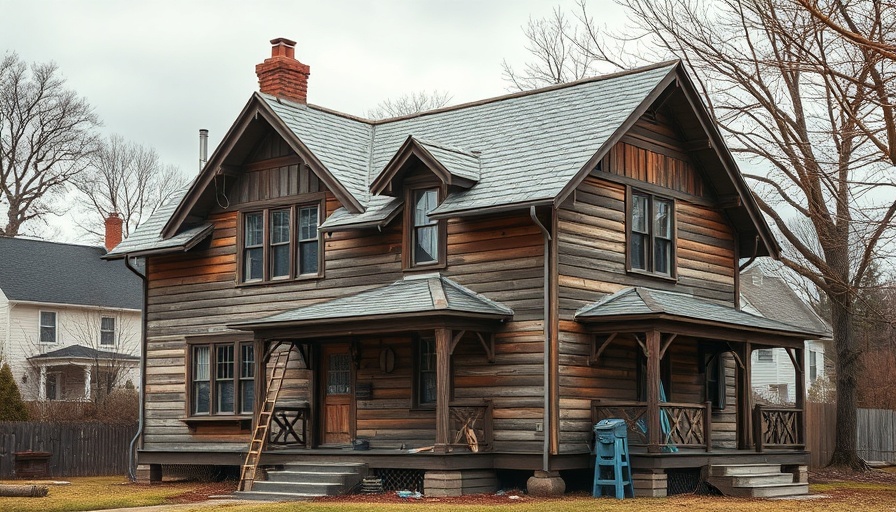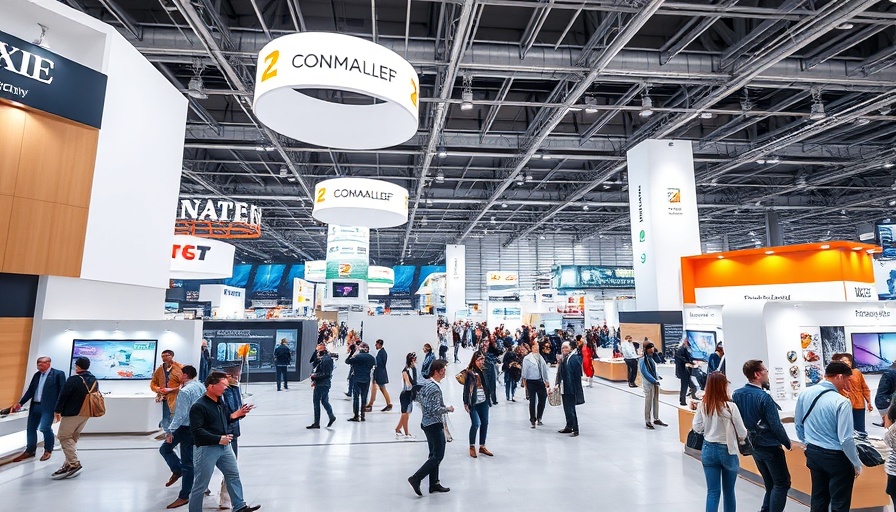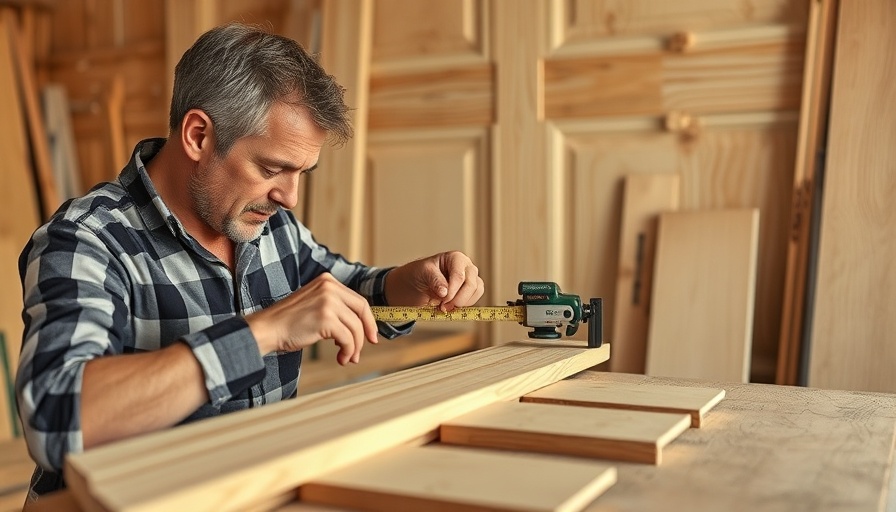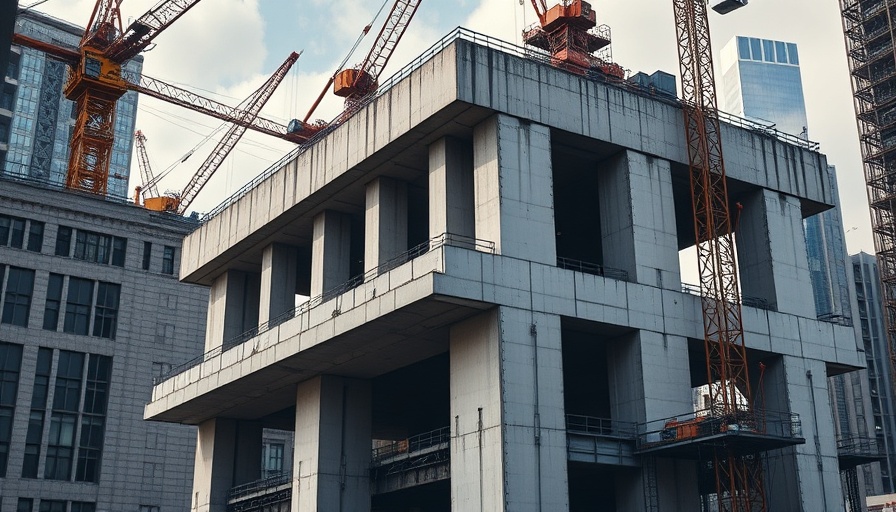
Understanding and Visualizing Heat Loss in Buildings
In the realm of construction and home improvement, visualizing heat loss is crucial. It's a fundamental aspect that determines how efficiently a building retains warmth during colder months. Various technologies now allow homeowners and contractors to detect areas of heat loss, using thermal imaging cameras, which can reveal thermal bridges and poorly insulated spots. Recognizing the impact of thermal performance can not only aid in creating a more comfortable living space but also significantly reduce energy costs.
Detailed Techniques for Masonry Installation
When detailing behind masonry, it's essential to understand the specifics of moisture management and air sealing. Proper detailing ensures that water does not infiltrate the building envelope, which can lead to mold growth or material degradation over time. Techniques such as using flexible flashing and vapor barriers are integral in preventing these issues. By adhering to best practices in the masonry installation process, builders can create resilient structures that stand the test of time.
Insulating Cathedral Ceilings: A Unique Challenge
Catholic ceilings add an elegant touch to homes but they pose unique insulation challenges. Ensuring that these spaces are adequately insulated involves understanding the physics of heat flow in vaulted areas. Various materials such as spray foam insulation can be particularly effective, filling gaps and preventing air leaks that can compromise energy efficiency. Furthermore, harnessing the right insulation strategy can also enhance acoustic properties, adding to the room's overall comfort.
Future Trends in Building Efficiency
As building technology evolves, innovative solutions for enhancing energy efficiency continue to emerge. The integration of smart home technology allows homeowners to monitor and control heating and cooling systems, potentially minimizing energy waste. Together with advancements in insulation materials and construction techniques, these trends represent a significant shift towards sustainable building practices that prioritize efficiency and reduce environmental impact.
 Add Row
Add Row  Add
Add 




Write A Comment